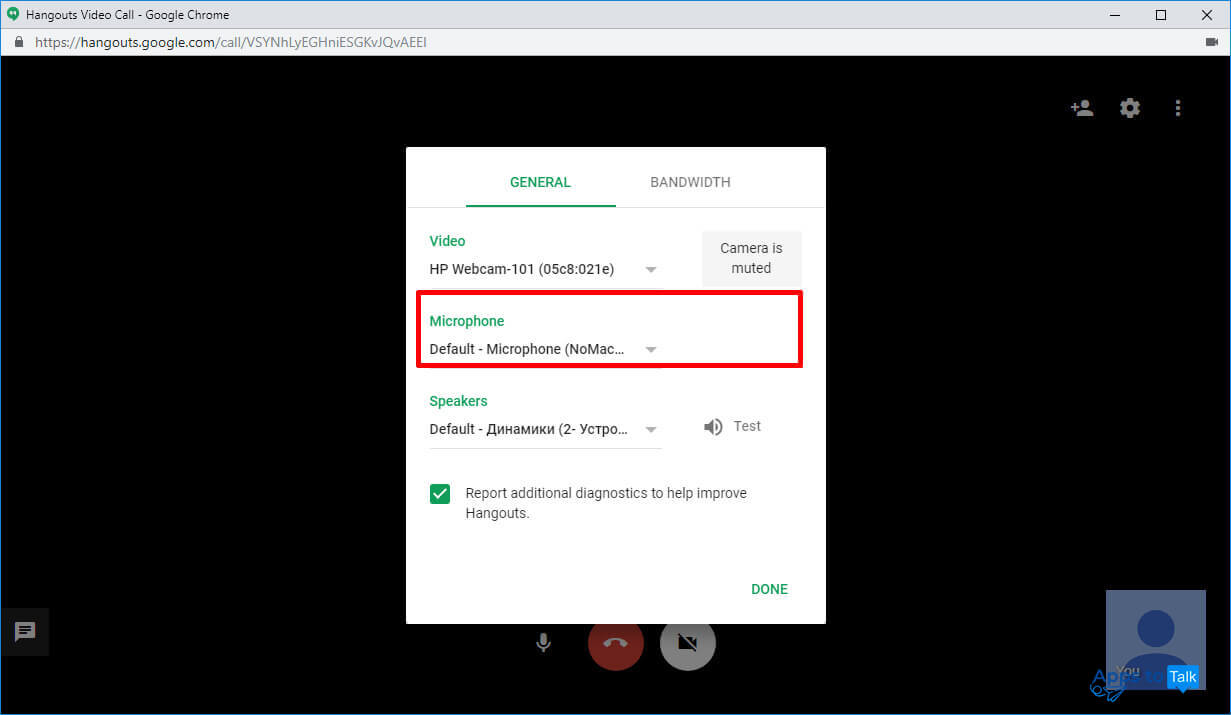

Too close, and the mic will likely distort, making the sound unpleasant. Thirdly, and finally, pay careful attention to the distance between you and the microphone. Do not attempt to point the tip of the mic at your mouth (sideways), as the Yeti is not a front-address mic. This means the “tip” of the microphone should be pointed upwards, towards your ceiling. Secondly, the Yeti is a side-address microphone (this information is also available on the Blue website). The Yeti is meant to be used in a specific way (which we’ll cover in a moment), and other stands or mounts may not be set up to position your microphone correctly, which of course can lead to bad sound. If you are thinking about using a boom arm and / or shock mount, however, be sure to purchase from Blue and not another provider.

You do not need to purchase a separate stand (although we will be covering instances where this is helpful later). We see a lot of mistaken information out there about the Yeti, and this unfortunately can only make matters worse.įirst and foremost, the Yeti comes with its own stand, which is perfect for desktop use. We probably won’t be going over this again, so regardless of intended use, be sure to peruse this section of the guide.

But even the best of us sometimes forget to connect our mic to the computer using the provided cable.Īnd even if not for that, you can have a faulty cable, or your computer may not be recognizing the USB device (in which case, restart, reconnect, and try again).Įither way, if your microphone isn’t properly connected to your computer, by default, you’re probably using your laptop or desktop mic (if you have one), and of course, that’s not going to sound anywhere near as good as the Yeti! Position Your Microphone Correctly The Yeti is a USB microphone and isn’t hard to connect to your computer.


 0 kommentar(er)
0 kommentar(er)
